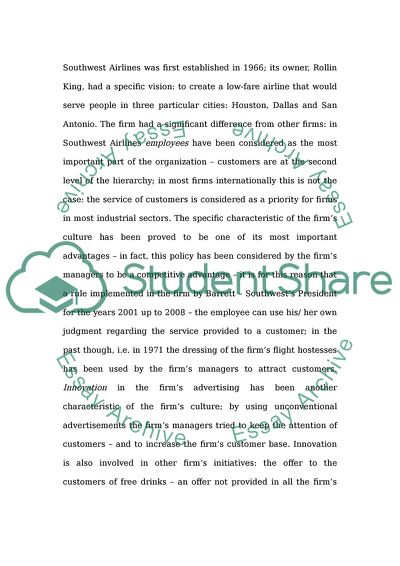Cite this document
(Financial Analysis - Southwest Airlines Case Study, n.d.)
Financial Analysis - Southwest Airlines Case Study. https://studentshare.org/finance-accounting/1734767-financial-analysis-southwest-airlines-case
Financial Analysis - Southwest Airlines Case Study. https://studentshare.org/finance-accounting/1734767-financial-analysis-southwest-airlines-case
(Financial Analysis - Southwest Airlines Case Study)
Financial Analysis - Southwest Airlines Case Study. https://studentshare.org/finance-accounting/1734767-financial-analysis-southwest-airlines-case.
Financial Analysis - Southwest Airlines Case Study. https://studentshare.org/finance-accounting/1734767-financial-analysis-southwest-airlines-case.
“Financial Analysis - Southwest Airlines Case Study”. https://studentshare.org/finance-accounting/1734767-financial-analysis-southwest-airlines-case.


